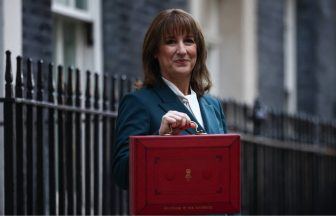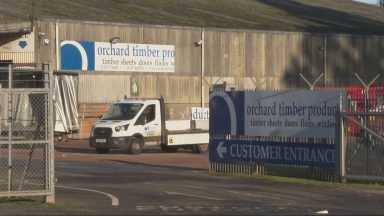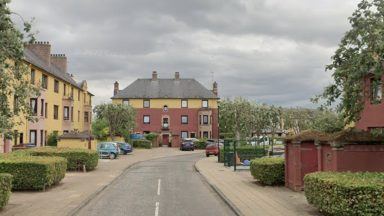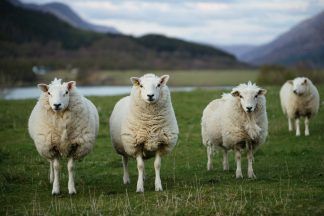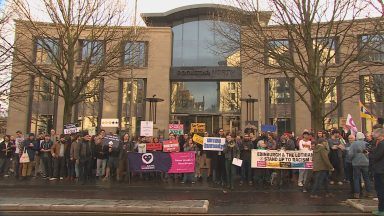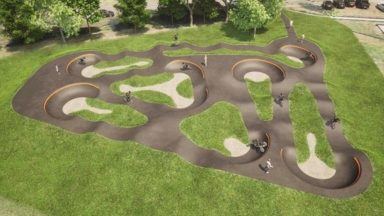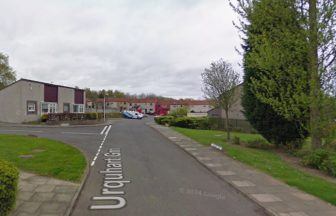Almost £400,000 is to be spent on tree planting schemes in West Lothian despite concerns that acres of saplings cannot match the loss of mature trees felled by developers.
The planned planting over the next few years represents a major part of the council’s carbon capture plan as it drives towards its net-zero targets.
However, a community leader has questioned how effective it is to fell mature trees and replace them with saplings.
Pippa Plevin, from the Joint Forum of Community Councils, told a meeting of the council’s Environment PDSP: “The planting schemes are very welcome but planting saplings, especially if the saplings don’t survive, is not the same as the offset you get from the mature trees that are being felled for developments at East Calder or Bangour.
“Why are developers able to get away with felling mature trees?”
She branded the planting of saplings to replace mature trees as “a bit of a con”, adding: “Replacement of mature trees with whips is not the same carbon offset at all.”
Chris Alcorn, a principal planner, pointed out that while it was principally whips that were planted, there were situations where conditions demanded the planting of heavy standard or extra heavy standard mature trees.
Mr Alcorn said that planning law was generally set up to protect the natural environment. Planting programmes ensured that trees were protected and maintained with grant and other funding.
Head of planning Craig McCorriston told the meeting that while it was regrettable that trees had to be felled for development, a balance had to be struck with the demands of population growth.
At Bangour the trees being cut down are plantation growth which are poor carbon offsetters.
He agreed with Mrs Plevin that it was not like-for-like replacement to plant whips but added that the council often demanded replanting or five or six trees for every one lost.
Also, at Bangour, the plantation growth will be replaced with a more diverse range of trees creating a greater biodiversity and improved offsetting.
He added: “We also get management in place for existing trees. A lot of historical planting has not been maintained well, particularly by the private sector.
“Through a development-led process we can get agreements in place to maintain trees going forward.
“While it is regrettable to lose trees to development there are certainly benefits to be derived from a development-led approach to ensuring that we get replacement trees and better maintenance.”
Among the sites that will see major planting is Nelson Park in Armadale. This former football field will be revitalised as a site for the Queen’s platinum Jubilee forest project.
Other sites identified for schemes dubbed wee forests in urban settings are at Parkhead, West Calder and Addiewell and also at Polkemmet at Whitburn.
Around 40 sites had originally been considered and planning officers agreed to share a list of the original sites with councillors following a request from Alison Adamson.
The council will also benefit from part of east central Scotland urban tree canopy programme and replacement of trees lost because of ash dieback.
An outline of the council’s work on ash dieback will come to the next meeting of the Environment PDSP.
By local democracy reporter Stuart Sommerville
Follow STV News on WhatsApp
Scan the QR code on your mobile device for all the latest news from around the country


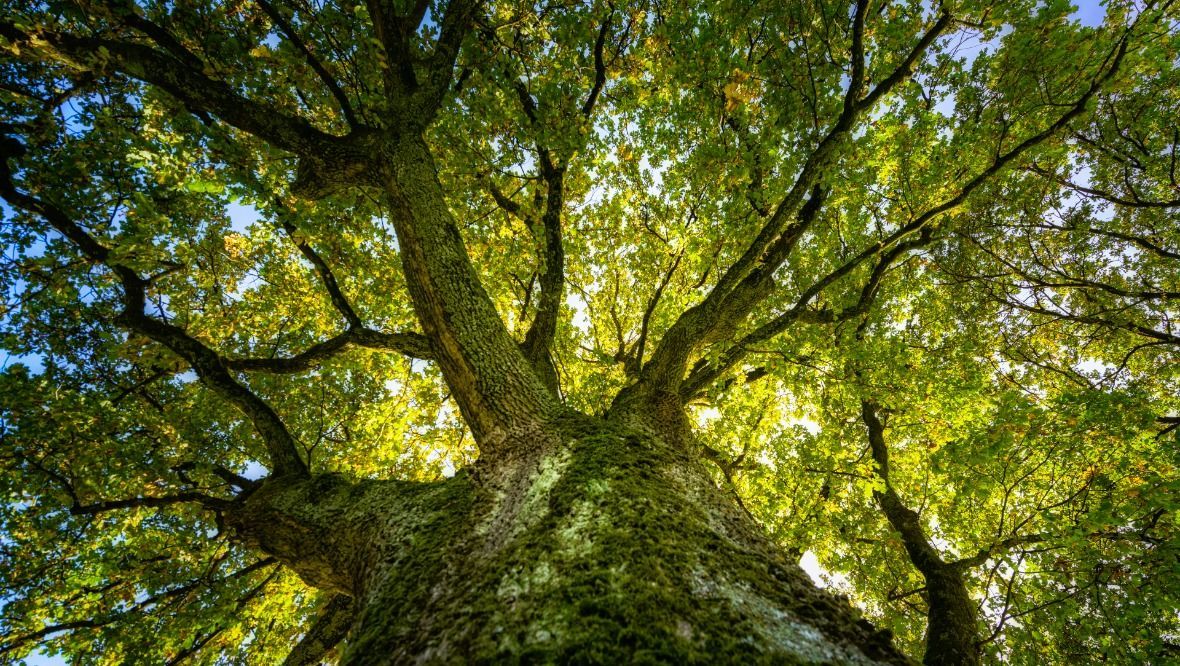 iStock
iStock

